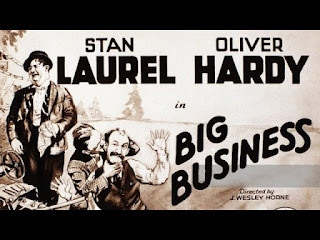Minnie's Bow-Toons: Oh, Christmas Tree (2013), Minnie's Bow-Toons: Party Palace Pals: Clarabelle's Christmas Sweater (2021), Minnie's Bow-Toons: Camp Minnie: Campground Christmas (2023)

Here's another parent review for y'all. At some point earlier this year, my daughter decided that she was interested in the Minnie's Bow-Toons shorts that are available on Disney+. And I discovered that there's a whole dang animated Disney Junior universe. As far as I can tell, first there was a popular animated show for preschoolers about Mickey Mouse and friends called Mickey Mouse Clubhouse. Minnie's Bow-Toons is a series of shorts spinning off of that show. But after the original MMC stopped airing, it was retooled and returned as a new show in a similar style: Mickey Mouse Roadster Racers, which ran for two seasons before the format was changed again and it was renamed Mickey Mouse Mixed-Up Adventures. This spawned more sets of spin-off shorts, including new seasons of Bow-Toons, now called Minnie's Bow-Toons: Party Palace Pals. The latest season of Bow-Toons, Camp Minnie, changes up its format even further to focus on outdoor activities. There are even mor...

.jpg)

.jpg)
.jpg)
.jpg)
.jpg)
.jpg)
.jpg)
.jpg)
.jpg)
.jpg)
,.jpg)
.jpg)
.jpg)
.jpg)
.jpg)
.jpg)